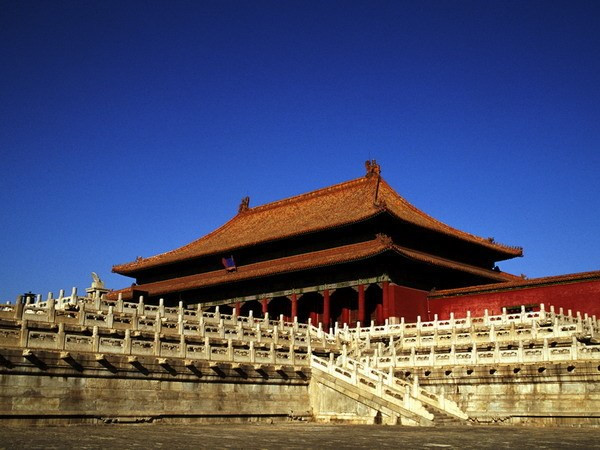Imperial Palaces of the Ming and Qing dynasties


The Palace Museum, also known as the Forbidden City, used to be the imperial palace of the Ming and Qing dynasties. Located in the center of Beijing, it was constructed between 1406 and 1420.
The rectangular palace covers an area of some 720,000 sq km -- 961 meters in length and 760 meters in width, with a total of 9,999.5 room spaces (an area enclosed by four poles).
It now holds a vast number of paintings, calligraphy, ceramics, and antiquities of the imperial collections, which make it one of the most prestigious museums in China and the world.
In 1924, the imperial family of the Qing Dynasty was removed from Forbidden City, and in 1925 the Palace Museum was established there.
A cluster of palaces in Shenyang, Liaoning province, was used in the early Qing dynasty before the imperial family moved to Beijing.
Many precious heritage treasures and palace documents have been preserved.
The Imperial Palaces of the Ming and Qing dynasties in Beijing and Shenyang were added to the World Heritage List in 1987 and 2004.
Address: No.4, Jingshan Qianjie, Dongcheng district, Beijing, China
No. 171,Shenyang Rd., Shenhe district, Shenyang, Liaoning province




